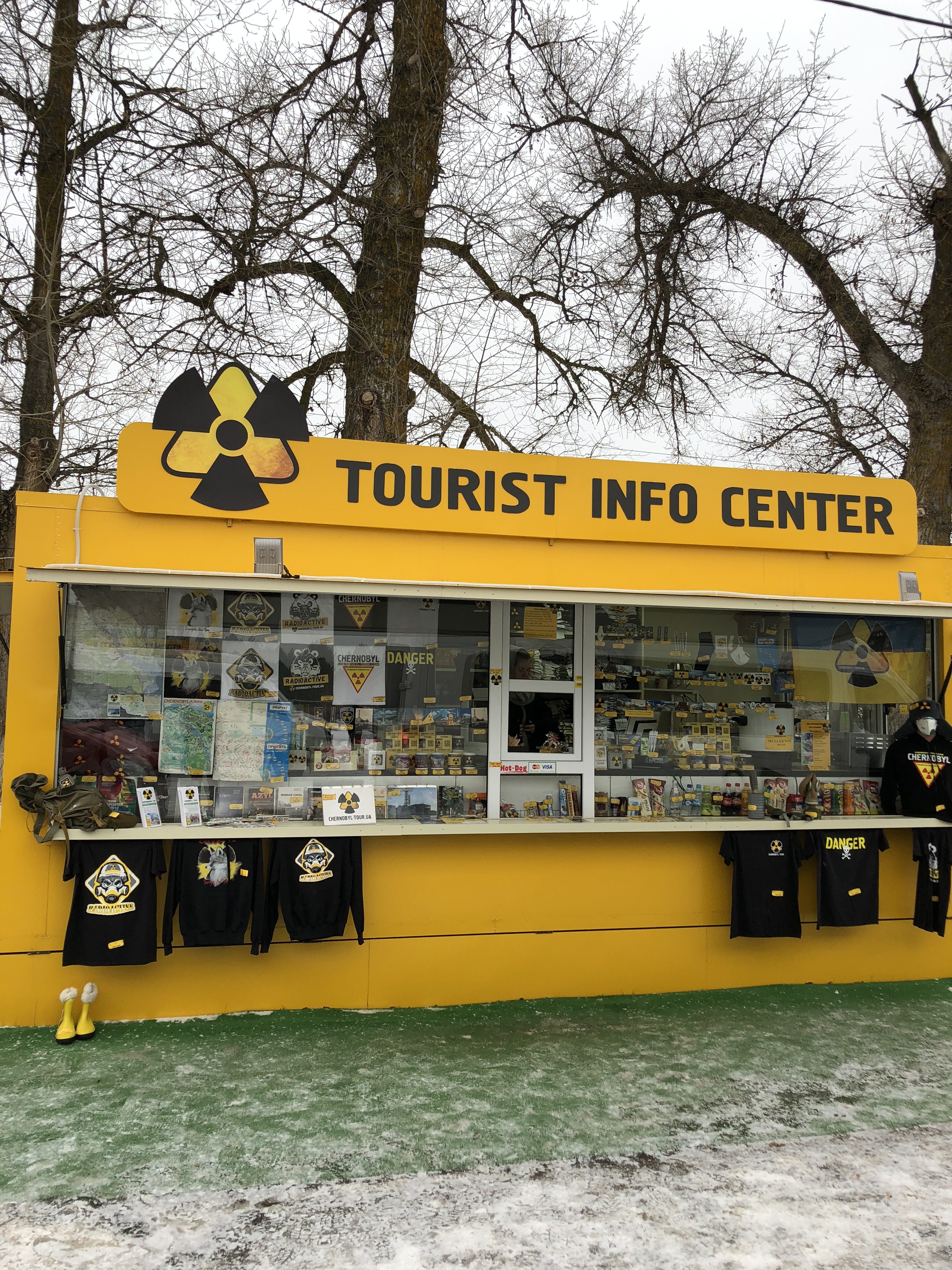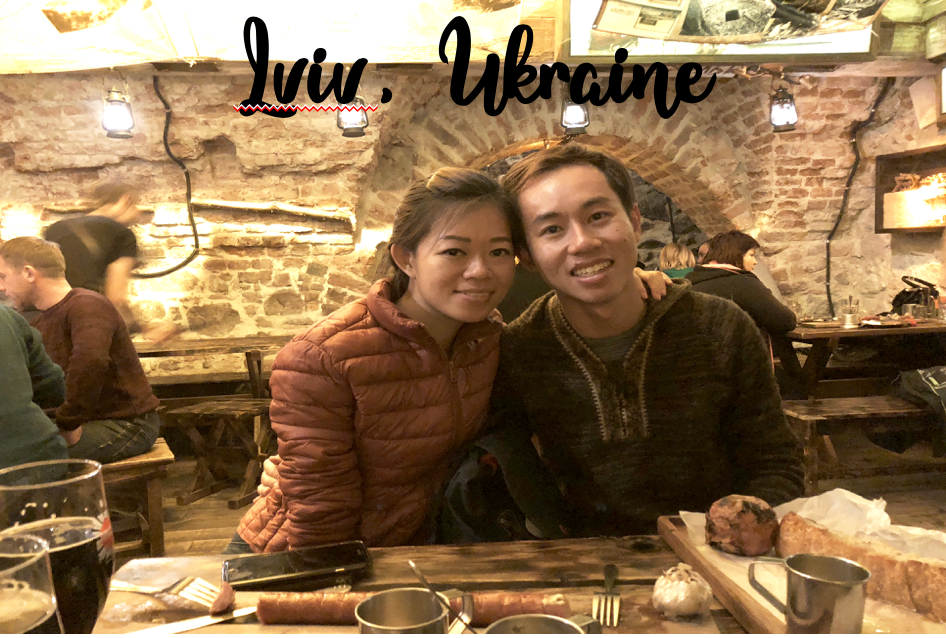
Welcome to Belarus! Long regarded by travellers as little more than a curiosity, Belarus has suddenly emerged as one of Europe’s ‘it’ destinations. Fuelling that rise are relaxed visa requirements, a sneaky-good art and cafe scene, and hospitable locals. While political dissent remains muted, the country seems to be having fun again.

Minsk is where you must arrive and depart to take advantage of a new 30-day visa-free regime. We flew in from Kiev to Minsk and our flight out was from Minsk to Vienna. Upon arrival at Minsk airport, I was surprised that they did not ask to see our return flight out. They spent some time using a magnifying glass to scrutinise our passport (perhaps to check if it is legit?), then stamped our passport and we were out of immigration just like this.
The capital has a seething nightlife, excellent museums and an impressive ensemble of Stalin-era architecture. Minsk has also become a hub for global summits and sporting events such as the 2019 European Games. Elsewhere, the western cities of Brest and Hrodna are Europeanised nooks, while around the Belarusian heartland you’ll turn up ancient castles and national parks where rare European bison (zubr) roam.

Our tour of Minsk city started from Niamiha metro station. We wandered along the Svislach river on a cold wintry day.

The weather in Minsk is usually gloomy like this in winter, as our host explained. Due to the large marshlands in the country, it releases a lot of gas and blocks the sun during winter time. During our one week in Belarus, we did not even get to see the sun at all. No wonder people living in cold countries can get depressed. Not only there is no sun during the day, the daylight hours are also shorter.

It was interesting to see the ducks waddling on the frozen river bed. While the Svislach river runs through the city, not all parts of the river are thoroughly frozen. This scene reminded me of the cute penguins in Antarctica.

Along the Svislach, there was a “Little Island of Tears” that juts into the river. On this tiny island, there is a monument decided to the “Son of the Fatherland”, a memorial of the fallen Red Army soldiers who died in the Afghanistan War.

The centrepiece is the chapel, with haunting figures of grieving mothers, sisters and widows at its base. A nearby fountain features the boy-like figure of an angel, rigged up to cry teardrops. You may notice that a certain part of his anatomy is shinier than the rest. This is explained by the tradition of newlyweds visiting war memorials on their wedding day, and a modern folk belief that if the bride gropes this poor young lad’s privates she’ll be guaranteed children.

Minsk is excited to host the second European Games in 2019. The games will feature 200 events in 15 sports. The organisers expect around 4,000 athletes from 50 countries.

This church is a former Roman Catholic church in Minsk, Belarus. The building, which is an example of the Baroque architecture style, was completed in 1752.


Having been to Kiev, we have seen many of the golden domed churches and similar Orthodox churches like this. So we did not spend too much time here.


Minsk has many nice monuments and pop up places that allow for photo taking opportunities.

While many people would find Minsk boring and that it is a city full of Stalinist architecture, there are also some nice buildings like this rose-coloured building below. It is currently private apartments and some shops on the ground level.


Head straight through to the main hall in the back to send letters, buy postcards and make photocopies. In line with the upcoming festivities, the interior of the post office is decorated with Christmas trees.

Having bought some stamps, I sent out some postcards to my friends from The Central post office.

This is outside Nezavisimosti (Independence) Square, a square that also bore Vladimir Ilyich’s name before 1991.
The red brick Church of Sts. Simon & Helena and the two houses to the right of it offer a rare reminder of pre-revolutionary Minsk. The dominant feature of the area however is the grandiose House of Government (architect I. Langbard, 1935), a textbook example of the achievements of Soviet urban planning of the 1930s.

Known in the local vernacular as the Red Church, the city’s best-known Catholic building was constructed between 1908 and 1910 on the orders of a rich Belarusian family upon the premature death of their two children after whom the church is dedicated.

Also of interest is the so-called Nagasaki Bell (see above), a replica of the one that used to hang in Nagasaki’s Urakami Cathedral before it was destroyed in the nuclear attack on August 9, 1945.

Lenin statues are vastly disappearing from the squares and streets of former Soviet countries. In Minsk there’s at least one still standing if front of the House of Government. For those who studied history, Lenin played an important role in Russian and Soviet Union history. This Lenin statue in front of the government building actually reminds me of Warsaw, Poland.

Minsk is one of the former Soviet Unions twelve Hero cities, the highest honorary title of the USSR awarded for Minsk’s role during the Second World War, where the soldiers helped to fight against the Germans. Belarus suffered heavily from the Nazi occupation during WWII, with 25% of its people (over two million) who died during the war and hundreds of villages decimated. Minsk was a major centre of the Soviet partisan resistance movement against the occupation.



The National Academic Grand Opera and Ballet Theatre of the Republic of Belarus is located in a park in the Trinity Banlieu. Local people call it the “Opierny Teatr” (Belarusian) or the “Opera and Ballet Theatre”. It opened on 15 May 1933 but it first did not have its own venue for presentations at the Belarusian Drama Theatre building until 1938.
The first permanent theatre was founded in Belarus in 1933 on the basis of the Belarusian opera and ballet school, the organizer of the studio being the famous Russian Opera singer Anton Bonachich (Bonatschitsch). He was the first head of the new theatre. But he stayed in position for a very short time, dying in 1933.

For those interested in catching a ballet or opera performance in Minsk, do take the opportunity to check out the various performances. It is much more affordable (~10E for a ticket) and the quality of the ballerinas is great. Unfortunately, our time in Minsk was short and there were no shows for us to catch on that particular day.


Like any former Soviet state, there are deep underground metros, with the rickety trains running at fast speeds. They shuttle commuters around Minsk city every few minutes and they function perfectly well even though they are old trains, unlike our SMRT trains in Singapore which break down frequently.
There are only two metro lines running through Minsk. In order to keep the city’s architectural outlook intact, the tunnels and the stations were built with a high degree of reliability and precision in mind. Every metro station has its own inimitable architectural outlook.

Another interesting place to check out in Minsk is the National Library (above). The unique geometry of the building has a meaning to it. It symbolises the vastness of the world and the infinite knowledge for people to find out. The external surface is made up of 18 squares and eight triangles covered by heat-reflecting mirror glass. At night, this building has a colourful light up.
More about the cafe and food scene in Minsk in the next post!


